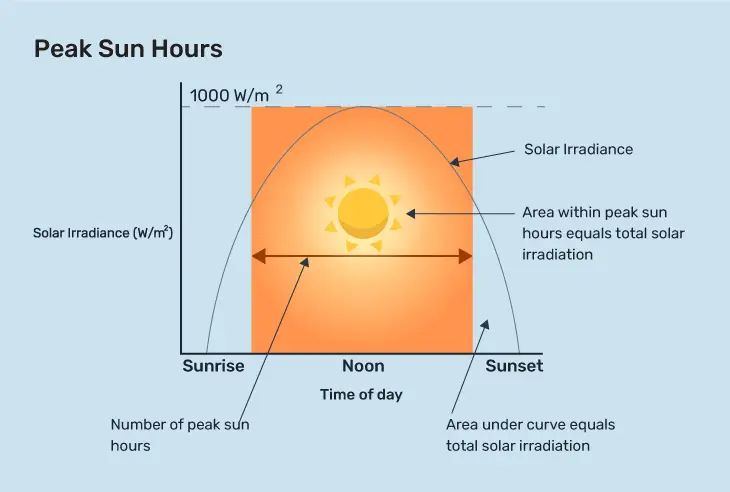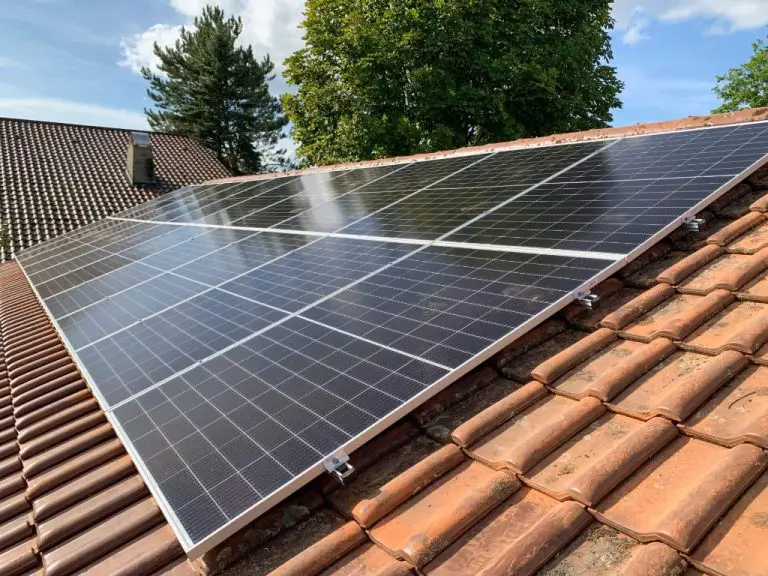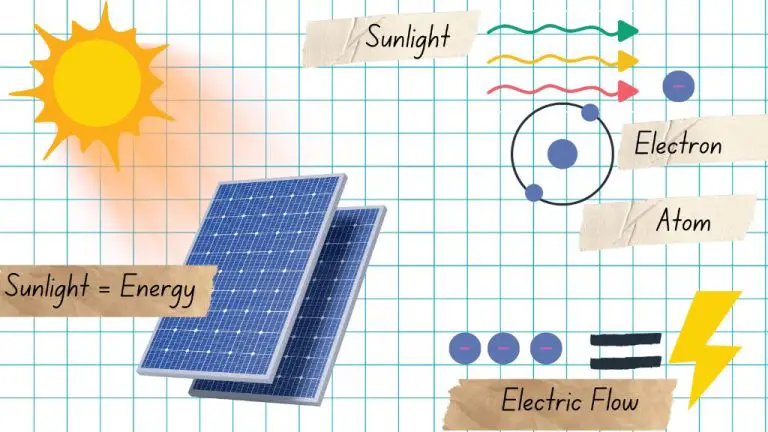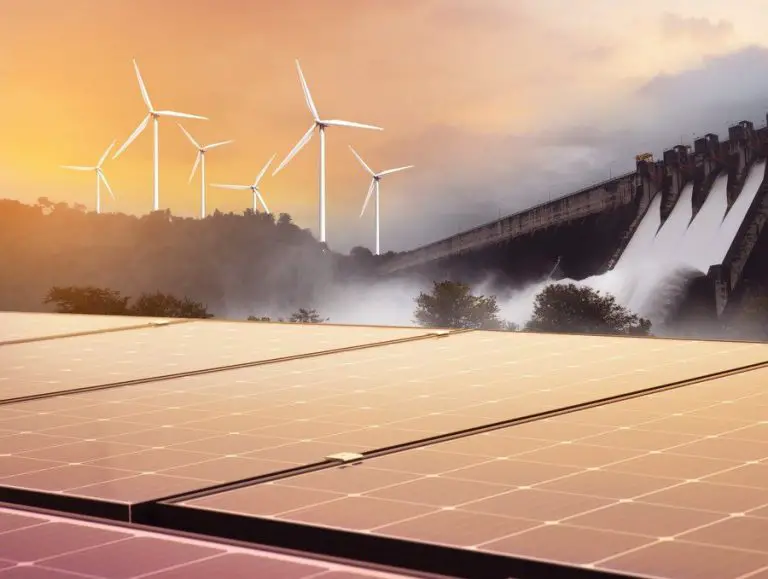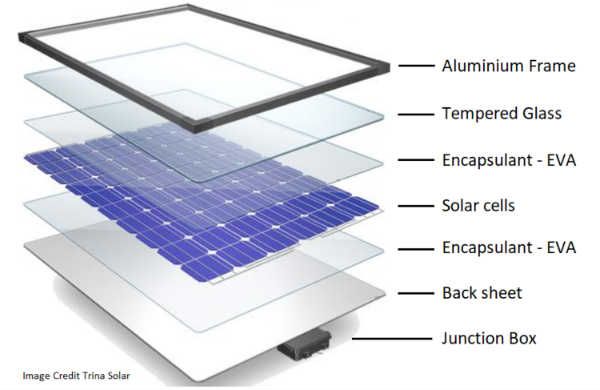What Percentage Of Schools Use Solar Panels?
Solar energy provides just 2% of U.S. electricity today, but that figure is growing rapidly in the school system. Nearly 5,000 K-12 schools across the country have installed solar power over the last decade. While that’s less than 5% of the total number of schools, adoption rates have accelerated in recent years as prices have fallen and federal tax incentives have helped offset costs.
This article will examine the use of solar panels in U.S. schools. We’ll look at the financial and environmental motivations for installations, incentives available, regional trends, forecasts for future growth, and the remaining barriers to wider adoption.
Brief History
The use of solar panels in schools first emerged in the 1970s during the initial rise of the solar industry. With the passing of the National Energy Act in 1978, federal investment tax credits were introduced for businesses installing solar, helping drive early adoption in schools. Key events that catalyzed growth include:
- 1990s – Falling PV costs made solar more affordable for schools.
- Early 2000s – High electricity rates in states like California and New Jersey motivated solar installations to reduce expenses.
- 2007 – Federal Solar Investment Tax Credit enacted, offering a 30% tax credit.
- 2009 – ARRA provided grants, tax credits for schools installing solar.
- 2016 – Solar price drop made it cost competitive with conventional electricity.
Cost Savings
Installing solar panels can provide significant cost savings for schools. According to industry estimates, on average, schools can offset 30-40% of their energy costs with an appropriately sized solar system. The upfront capital costs of installing a solar system are usually recouped within 3-7 years through lower electricity bills.
After the initial payback period, schools can continue benefiting from free electricity generation for an additional 15-20 years or more from their solar panels. The lifetime savings from a solar energy system often amount to hundreds of thousands of dollars for an average school. These savings can then be reallocated to support other educational needs.
With solar panels, schools take control over electricity costs which often represent a significant portion of an institution’s operating budget. Solar provides budget stability and insulation against future energy price increases. The decades of electricity savings enable schools to allocate funding toward hiring staff, purchasing supplies, upgrading facilities and other investments that directly benefit students.
Environmental Benefits
Installing solar panels provides significant environmental benefits for schools. By tapping into the sun’s renewable energy, solar panels help reduce a school’s carbon footprint. Solar panels generate clean electricity without emitting greenhouse gases or other pollutants. According to one estimate, a typical 5 kW solar system offsets over 4 tons of carbon dioxide emissions per year. That’s equivalent to planting over 100 trees annually.
By going solar, schools demonstrate environmental stewardship and sustainability for their students. Children are inspired when they see their schools taking concrete steps to use clean energy. Solar panels provide a learning opportunity, allowing students to see how solar technology works firsthand. Monitoring solar energy generation can even be incorporated into science lessons. Overall, embracing renewable solar energy sends a positive message to young students about taking responsibility for the environment.
Federal and State Incentives
The federal government offers some attractive incentives to encourage schools to adopt solar power. The Investment Tax Credit (ITC) allows schools to deduct 26% of the cost of installing a solar energy system from their federal taxes. There is also the Solar Energy Loan Program which provides low-interest loans to install solar panels. Several states offer additional incentives beyond the federal programs.
California has the New Solar Homes Partnership which provides rebates to public schools installing solar panels. The state also allows property tax exemptions for schools with solar installations. New York offers grants covering up to 60% of the cost through its NY-Sun initiative. North Carolina has a tax credit equal to 35% of the installation costs for schools.
Overall, the combination of federal and state level incentives can cover 35-60% of the upfront costs for schools in many parts of the country. This makes the return-on-investment timeline much faster, often down to 5-7 years. With solar installation costs dropping and electricity rates rising, solar power is becoming an increasingly financially attractive option for schools to reduce overhead costs and free up funds for educational resources.
Installations by Region
Solar panel adoption in schools varies significantly by region across the United States. The Southwest has seen the highest rate of solar installations at K-12 schools, led by states like California, Arizona, and Nevada. The abundant sunshine and supportive state policies in the Southwest make it an ideal location for school solar projects.
California alone accounts for over 40% of all solar capacity installed at K-12 schools in the U.S. Large, utility-scale systems have been installed at schools in the Los Angeles Unified School District, Fresno Unified, and other districts. These projects often generate millions of dollars in electricity savings for the schools over a couple decades.
The Northeast has also seen steady growth in school solar, with states like New Jersey, Massachusetts, and New York leading the way. These states have offered strong financial incentives, including renewable energy credits (RECs), to encourage solar adoption. For example, Hunterdon County Educational Services Commission in New Jersey installed a 1.15 MW system across 9 schools in 2018, supported by state and utility incentives.
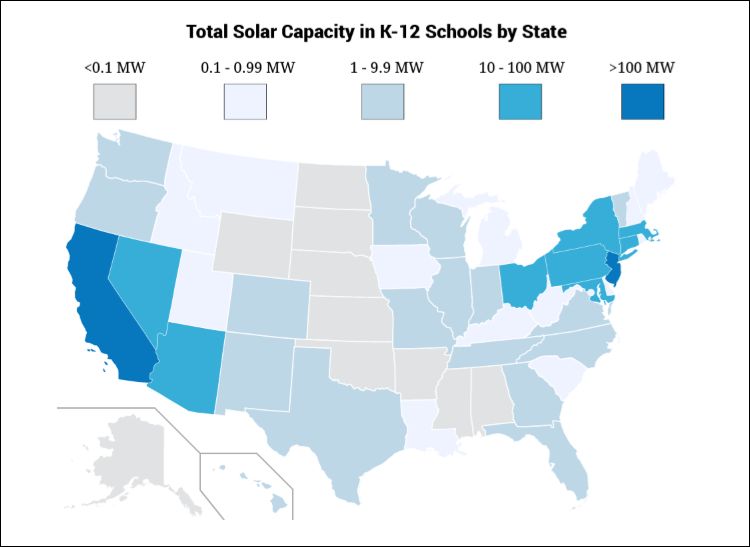
Areas like the Southeast have lagged behind in school solar development. Lack of state-level policies and fewer financial incentives have hampered growth. However, schools in states like North Carolina and Florida have begun adopting solar in larger numbers in recent years. This demonstrates the huge potential for expansion nationwide as more states create initiatives to drive school solar projects.
Recent Growth Trends
The number of schools utilizing solar panels has increased significantly over the past decade. According to industry estimates, solar adoption at K-12 schools has grown at an average annual rate of 20% since 2012. By 2018, it’s estimated that over 5,000 K-12 schools in the U.S. had solar installations providing some of their energy needs.
This growth is expected to continue as solar technology improves and costs decline. According to projections by the Solar Energy Industries Association (SEIA), by 2025 over 15,000 schools across the country will be using solar power. This represents a 3x increase compared to current adoption levels.
Several factors are contributing to these growth trends. Federal and state incentives have made solar more affordable. Innovations in solar technologies, like integrated photovoltaic roof tiles, are also making adoption easier for schools. There is increased public awareness of the long-term cost savings and environmental benefits of solar power. Schools across the U.S. are recognizing they can save substantially on utility bills while also reducing their carbon footprint.
Barriers to Adoption
There are some key challenges that have limited the adoption of solar panels in schools. Two of the biggest barriers are the upfront costs and lack of expertise.
The high initial investment required to purchase and install a solar array can deter cash-strapped schools. Panels, inverters, wiring, permits and labor can cost hundreds of thousands of dollars. Many school districts lack the budgets or financing options to afford this large capital expenditure.
Additionally, most school administrators lack technical knowledge about solar systems. They may be uncertain about size requirements, installation logistics, legal regulations, and maintenance needs. Without expertise in-house, schools have to hire consultants to assess feasibility and oversee installations. This introduces additional costs and administrative barriers.
While solar power can generate significant long-term savings, the initial price tag and complexity are hurdles for wider implementation. Targeted incentives along with education and technical support could help schools overcome these challenges.
Overcoming Challenges
Schools face significant financial barriers when considering solar panel installations, but new financing models are helping schools overcome high upfront costs:
- Power Purchase Agreements allow schools to pay for solar energy without purchasing the equipment.
- Solar Leases allow schools to rent equipment with no down payment.
- Third party ownership shifts financial burden away from schools.
Lack of expertise is another obstacle for schools, but training programs are expanding:
- Nonprofits provide solar job training for students and community members.
- Colleges offer solar energy technician certification programs.
- Unions integrate solar training into apprenticeship programs.
Creative financing options and expanded training opportunities are helping schools overcome barriers to solar adoption.
Conclusion
In summary, while solar panel adoption in schools has increased in recent years, there is still ample room for further growth. Key factors driving installations include significant long-term cost savings, reduced environmental impact, and financial incentives. However, upfront costs and lack of expertise remain barriers. Moving forward, increased funding, education, and community engagement will be critical to empowering more schools to go solar.
School districts across the country should consider joining this important movement. With smart planning and preparation, solar panels can provide decades of financial and environmental benefits. Reach out to solar providers to evaluate options for your facilities. Attend informational sessions to learn best practices. Engage students and communities to build support. With a concerted effort, we can work together to make solar panels the norm, not the exception, for schools nationwide.

